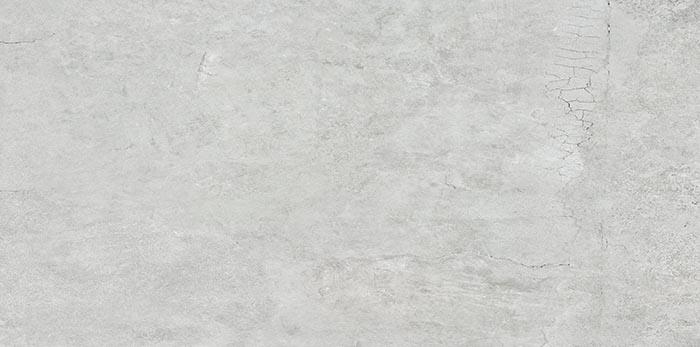Setting Standards
The International Organisation for Standardisation (ISO) have set the norms and testing methods applicable to ceramic tiles, under file number IS0 10545. These standards mean that tiles can be tested for different properties, and subsequently sorted into different rating categories. For example, there are strength tests and acid resistance tests.
These tests are carried out independently of the ceramic tile manufacturers. Having an internationally agreed set of standards is clearly for the benefit of retailers and consumers, as well as architects, building specifiers, or indeed anyone who requires their choice of tile to perform to a specific predetermined level.
Having the ISO norm is also useful when comparing products with regards to price, as not every tile will possess the exact same characteristics as the next. A like-for-like evaluation is important in many circumstances.

Why an Abrasion Test?
One of these tests concerns how a tile performs under abrasion – as this will dictate the suitability of a tile for certain applications. The surface quality of a tile required for a busy shop floor or hotel lobby will be higher than that needed for a wall in a domestic kitchen or bathroom.
These high traffic areas will be subjected to greater levels of footfall, weight, and perhaps other stresses such as heavy cleaning machinery. All these forces greatly increase the amount of abrasion a tile is subjected to during its lifetime.
A tile made only for a bathroom wall, for obvious reasons, will be subjected to no such trauma. Indeed, if such a tile was to be installed on the floor of a supermarket, for example, it would not last any significant time at all.
It makes sense therefore not only to produce porcelain tiles that are suitable for different applications, but to also have them independently verified that they meet a specific standard.
The Test Itself
There is a test method described under the ISO which outlines the relevant procedure to be used when testing glazed tiles for resistance to abrasion.
A machine, such as the one shown in this photo, rotates cylinders over a section of the tile which has been covered with an abrasive substance (often white aluminium oxide) and a collection of steel balls, which vary in size between 1mm and 5mm in diameter.
Combined with relevant force, this is deemed to replicate the wear and tear that a grey floor tile would naturally experience when installed. That is pretty much the mechanical aspect of the test.
This procedure is performed on up to a dozen different parts of one tile, which will have been cut up into small segments. Doing this allows the testers to see the results on different parts of the same tile, which may have different coloured print or patterns on it.
Test Results and Meaning
After a certain number of rotations of these cylinders, the tile will begin to fail. That is to say, under human visual inspection with controlled lighting, it will be possible to determine if the tile has changed appearance. The number of rotations a tile is subjected to before it fails determines its classification on a scale of 0 to 5, also known as the PEI scale.
If the tile fails (changes appearance) before 100 revolutions, it is classified at “0”, meaning it is only suitable for use as a wall tile. Remember that the abrasion test is only relevant to floor tiles. If a factory is making a tile that they intend only for use on wall, they will not send samples for abrasion testing.
White Wall Tiles
If the tile passes 100 revolutions but does not make it to 150, it is classed as Group I, which deems it suitable only for areas of very light traffic, where shoes are unlikely to be used, such as an upstairs’ ensuite. The surface of the tile could be easily marked or scratched by only a small amount of harsh treatment.
The process continues up to Group 5, where the tiles still perform in excess of 12,000 revolutions. In fact at that stage, to qualify for group V classification, such tiles are subjected to a separate stain test under another part of the ISO norm.
Floor Tiles on a Shop Floor
Traditionally, very dark colours do not perform as well as their lighter counterparts from the same range, and it is often the case that they end up with a lower grade. Almost all the floor tiles are Class IV. We do have a couple of Class V’s, including classic white square tiles, which will take on pretty much anything that is thrown at them.
To Wrap Up:
The abrasion resistance of a tile is important, especially when choosing for an area of high traffic. The International Standards Organisation ensures that the characteristics of tiles are independently verified before they receive a rating certificate.

